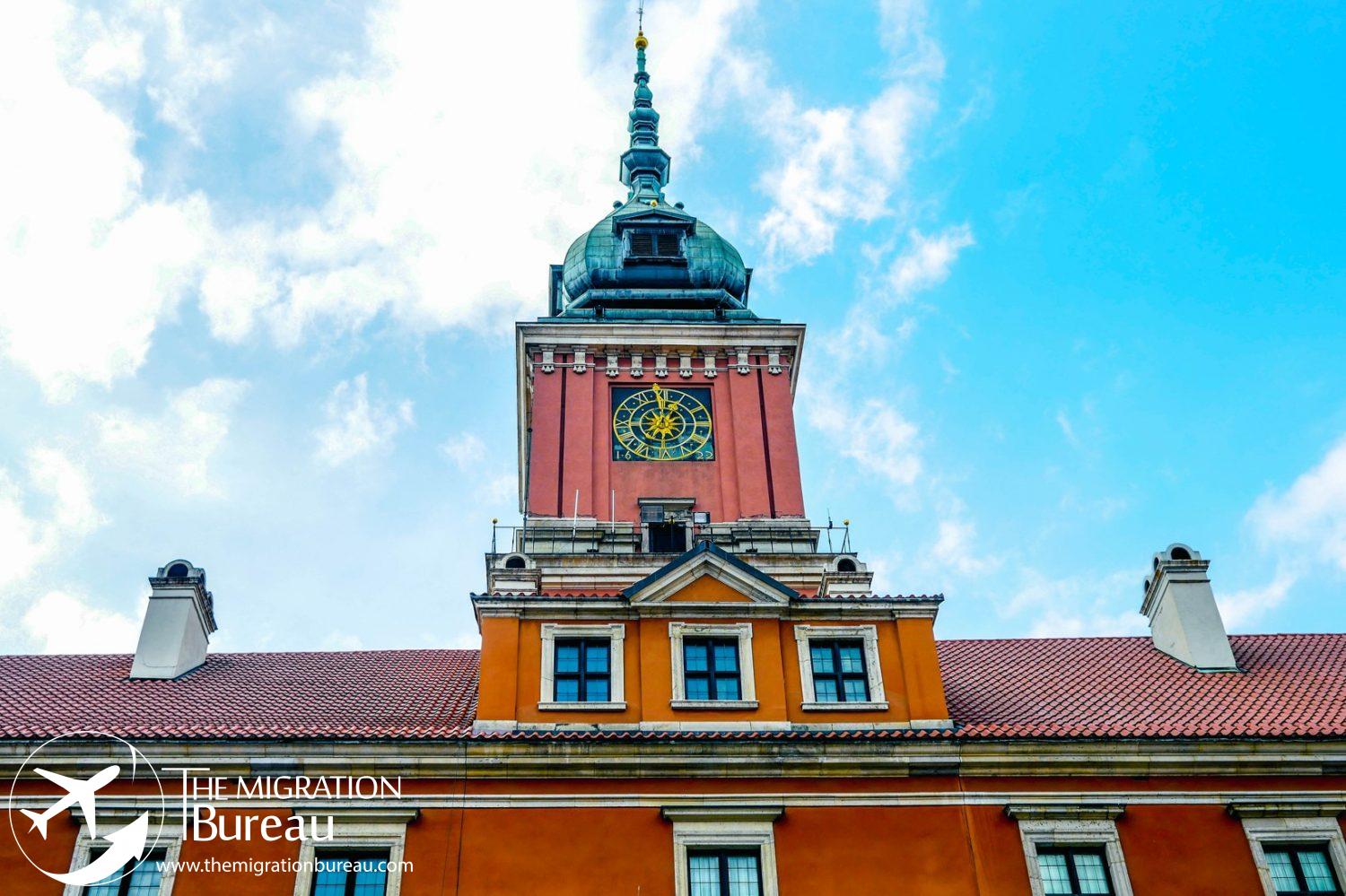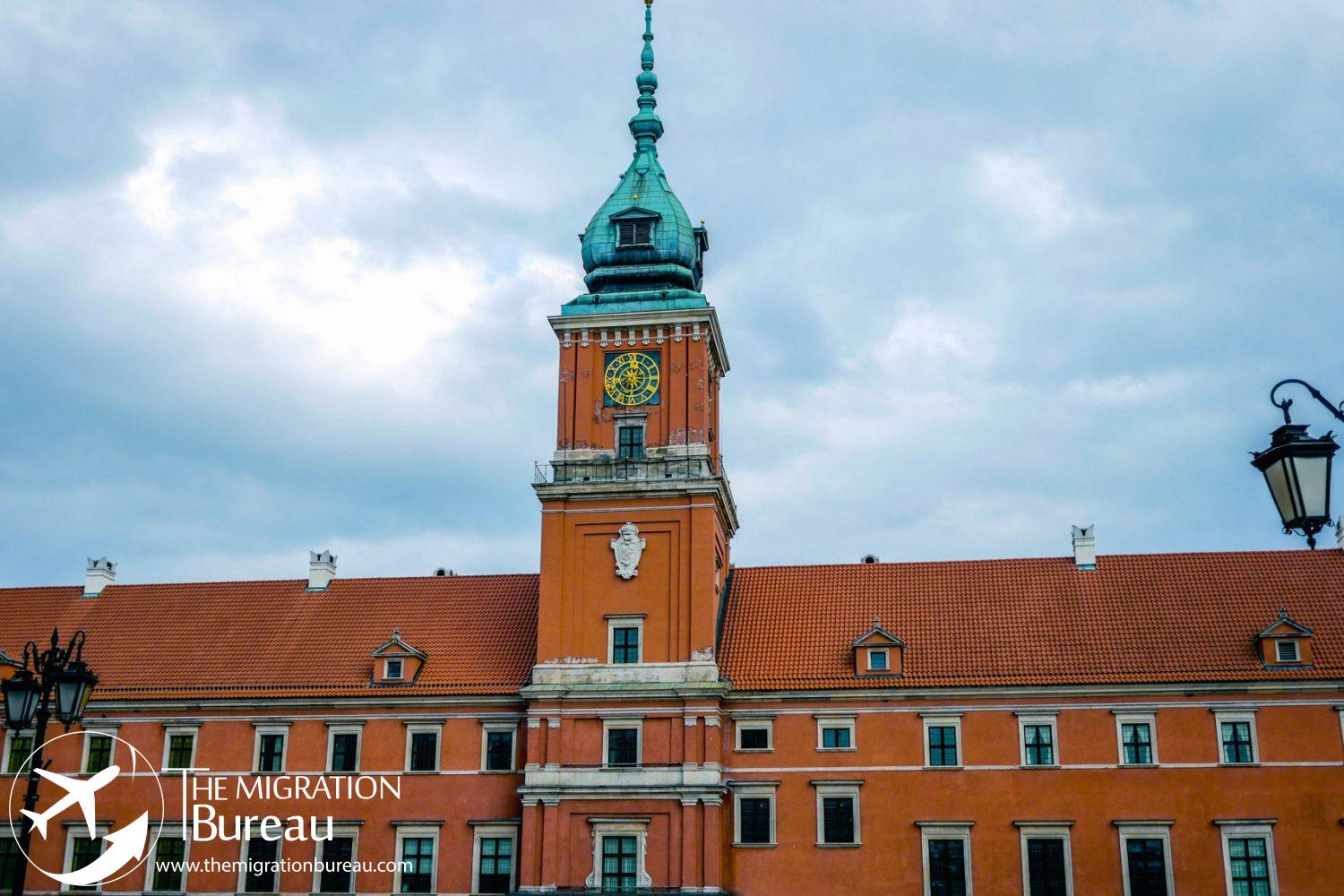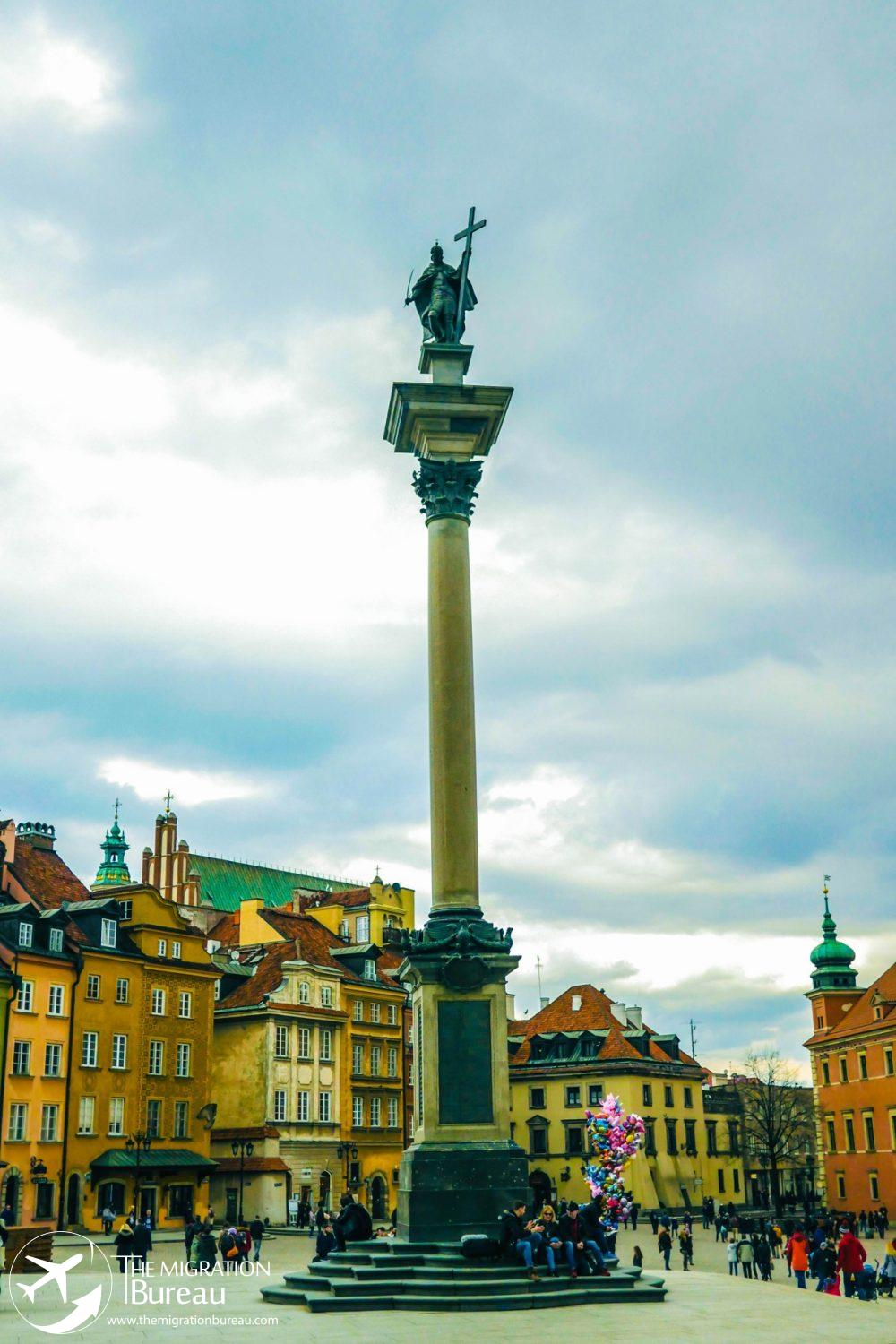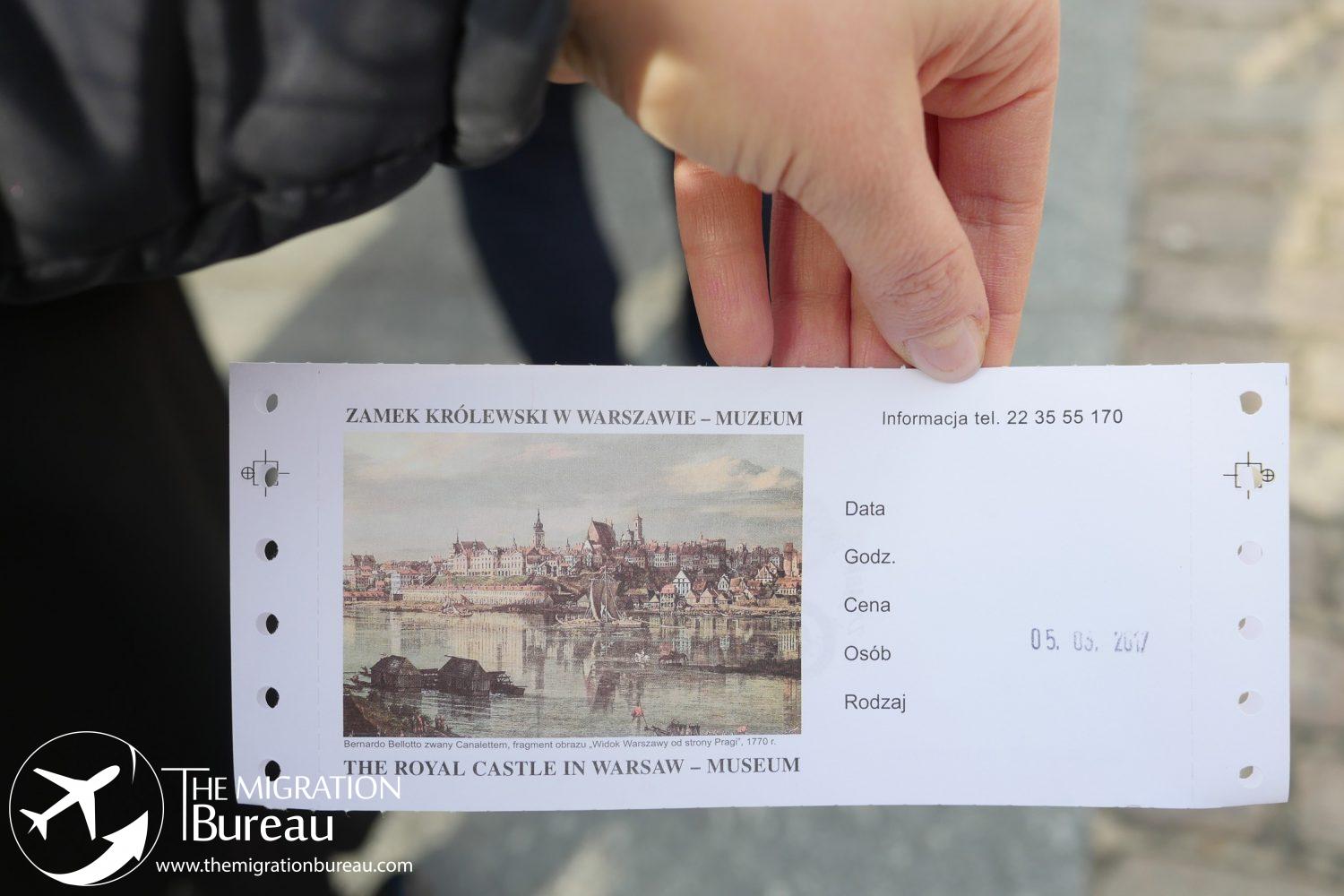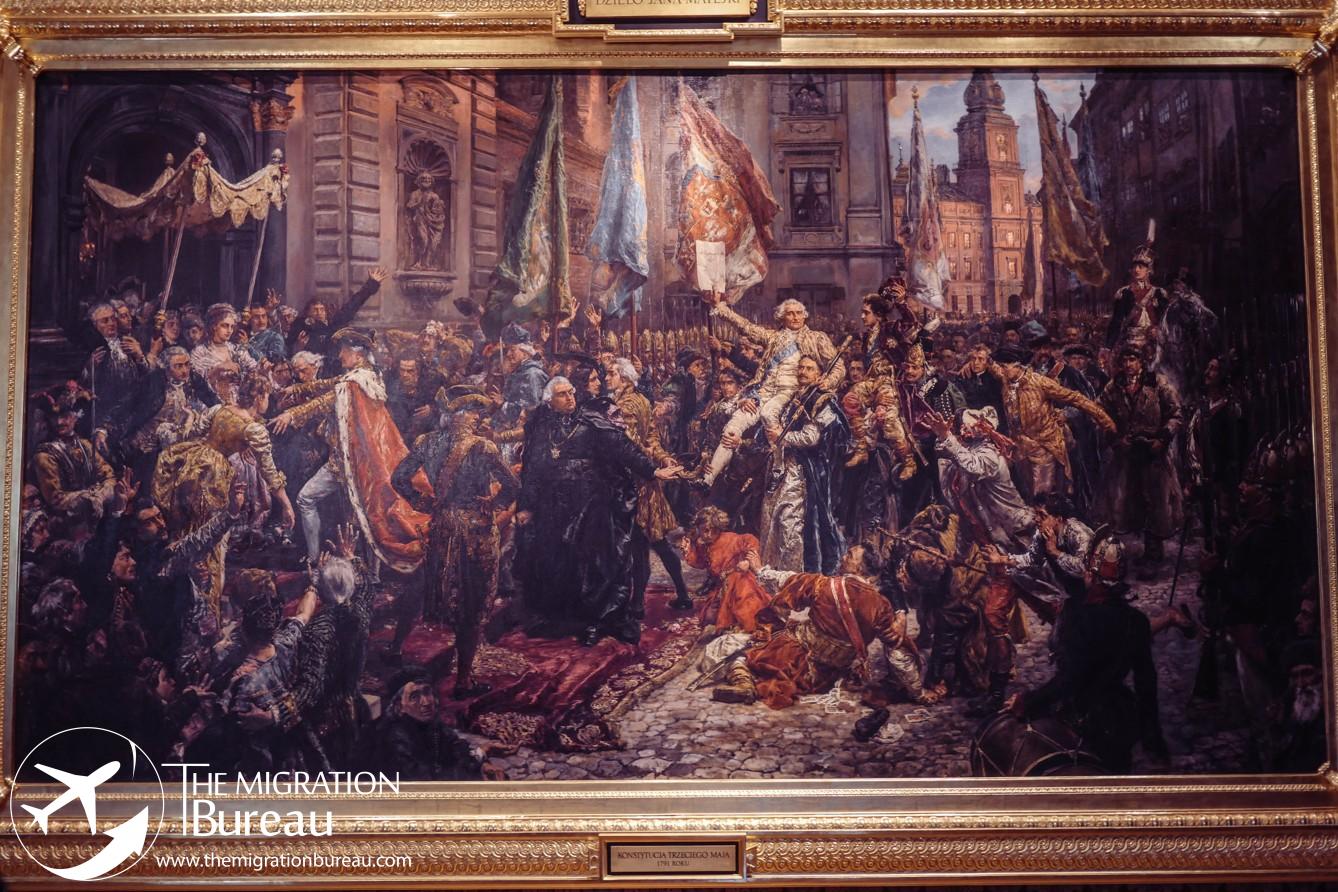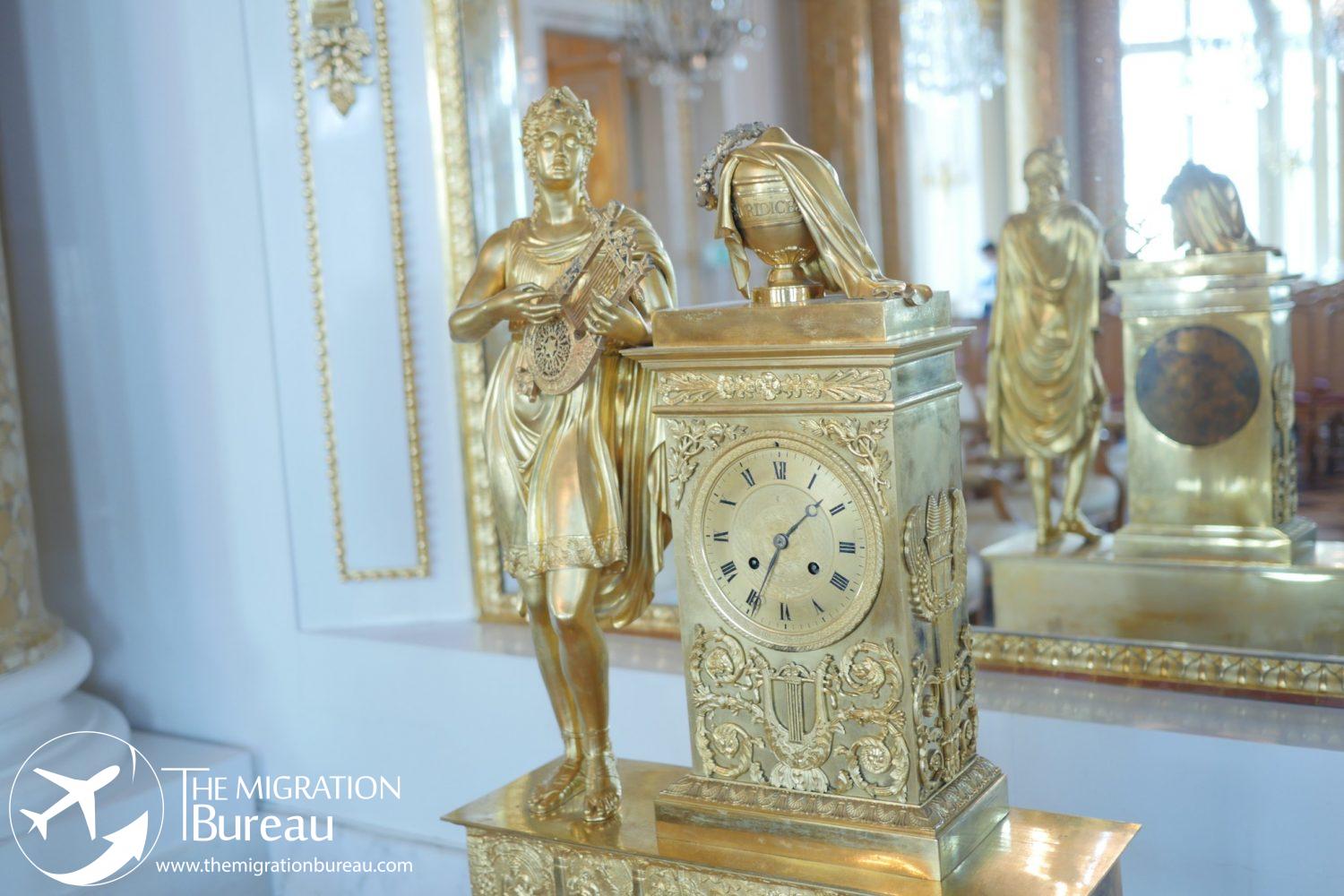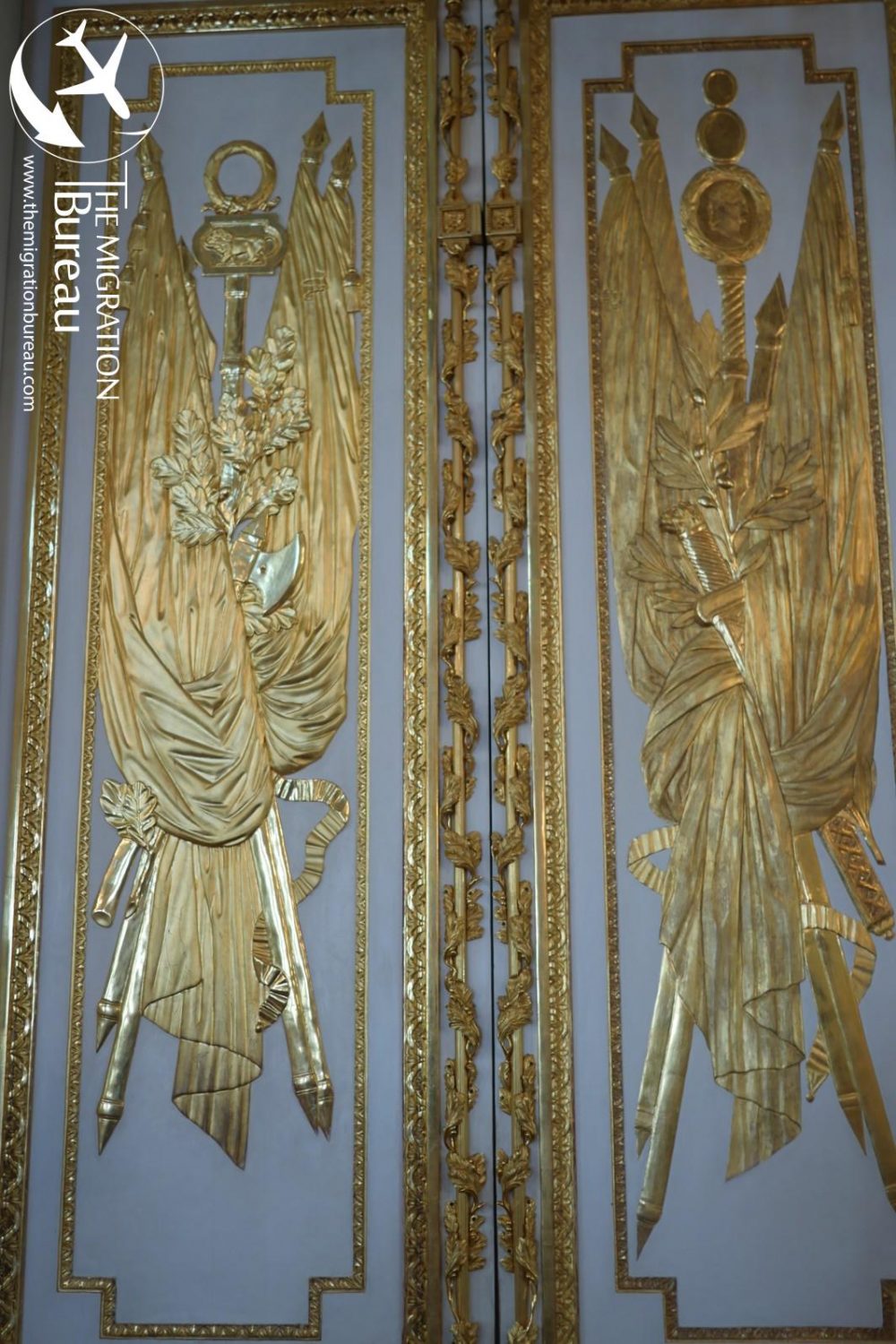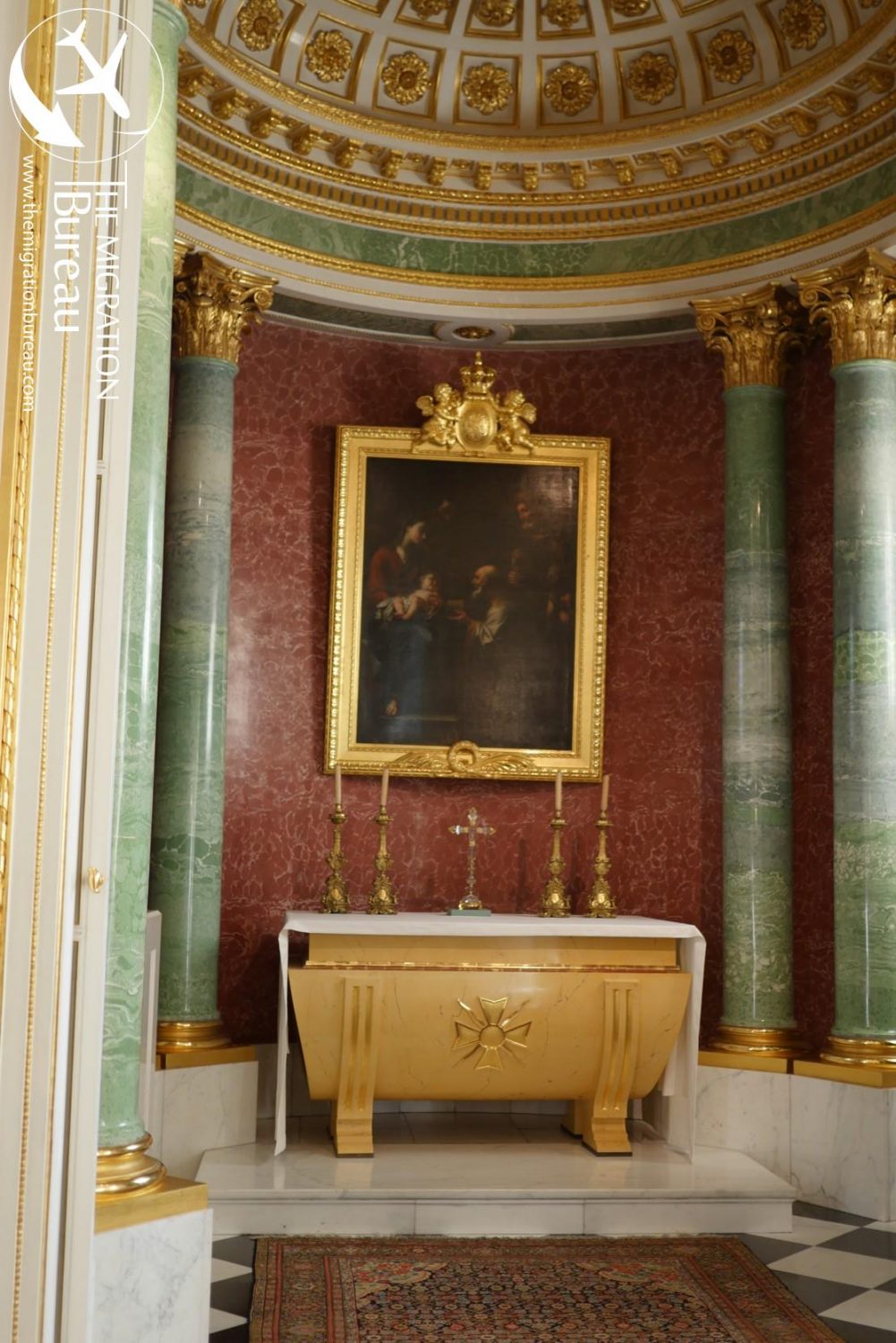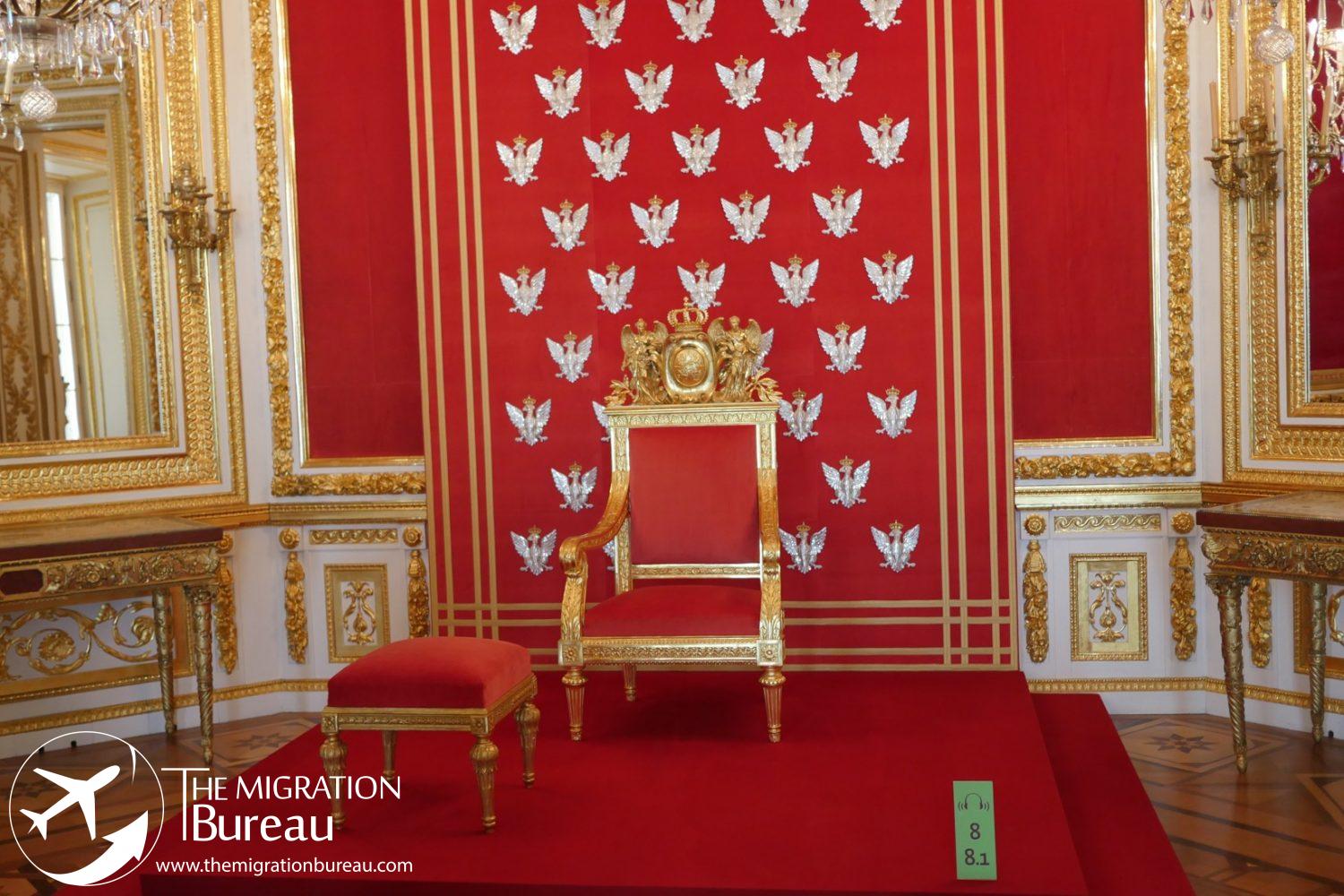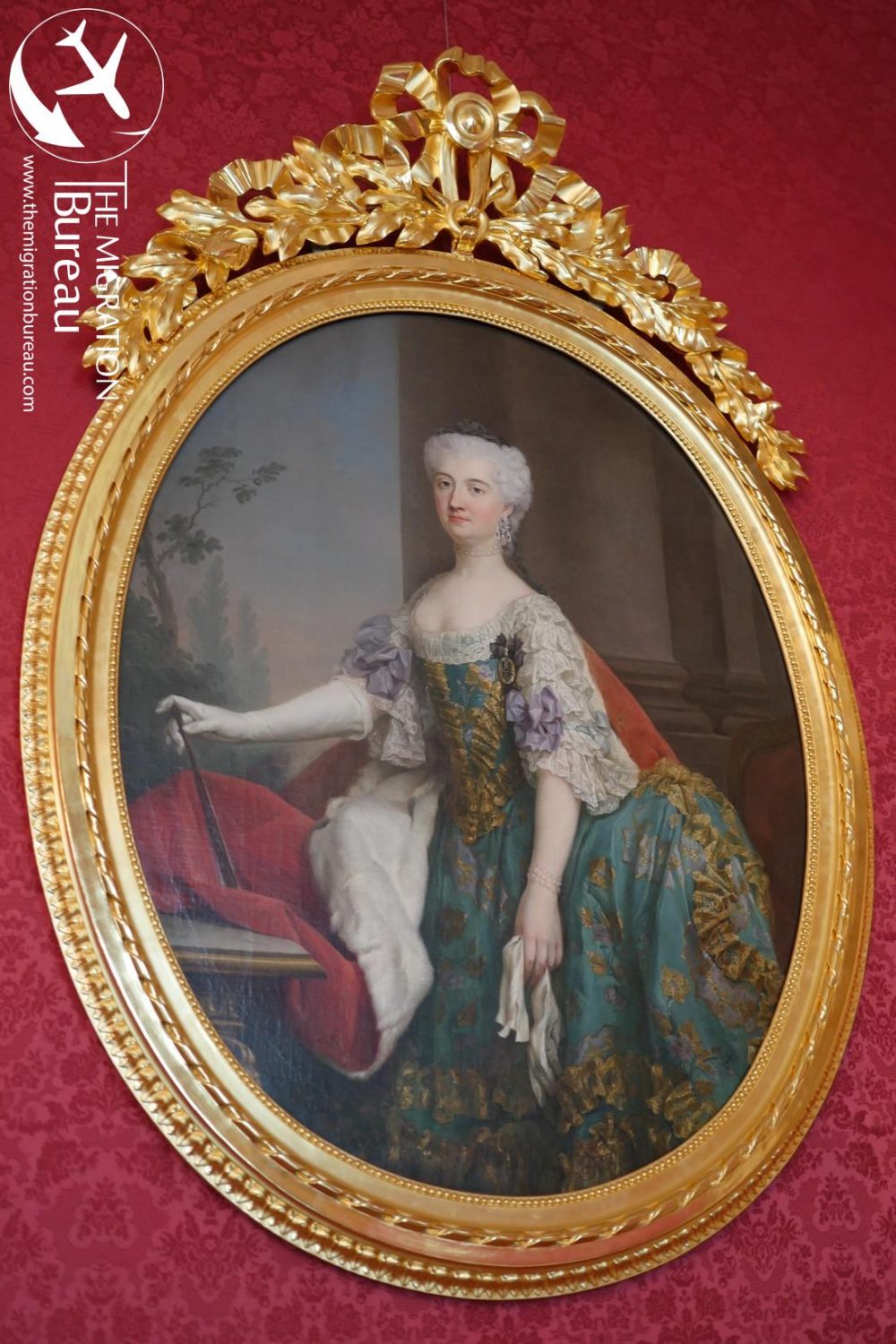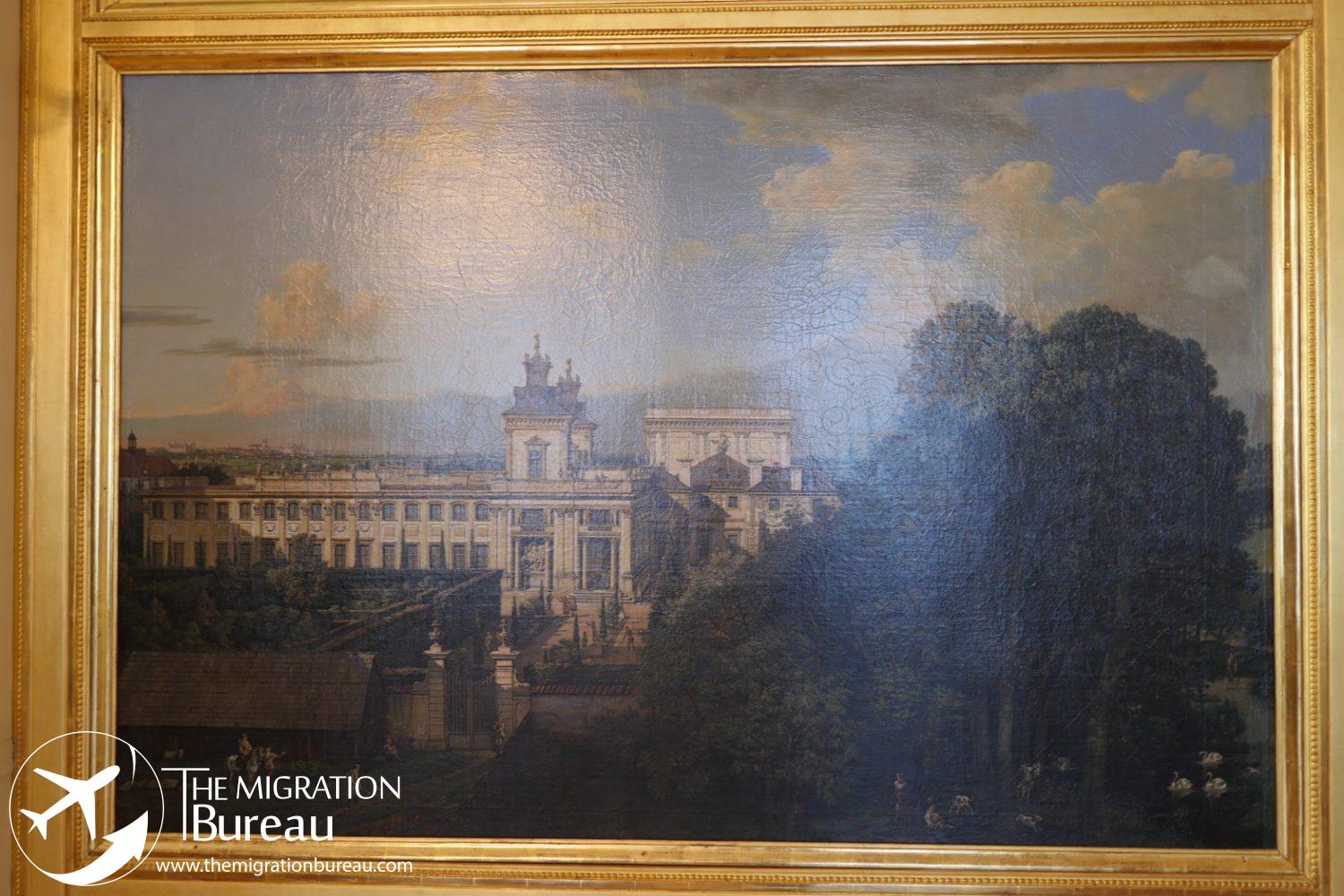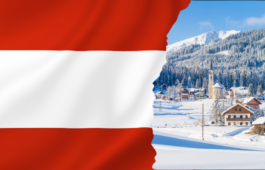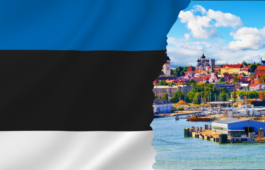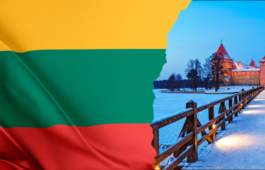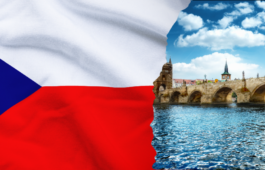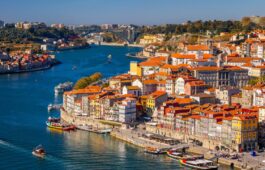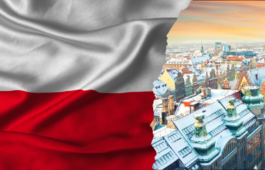- 15 March 2017
- The Migration Bureau
- No Comments
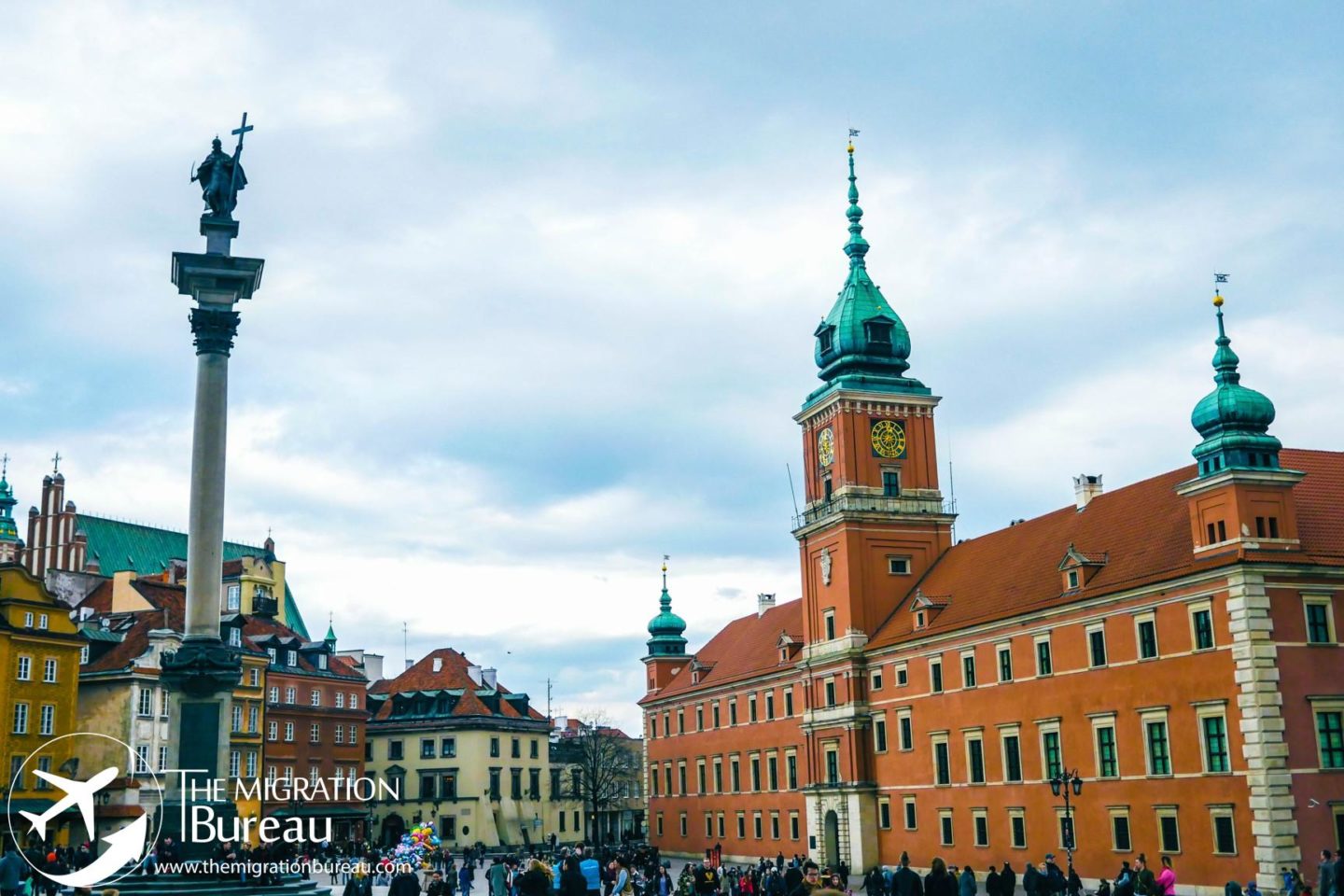
The Royal Castle in Warsaw
Warsaw is a capital of Poland and a city with the most interesting history.
The history of the Royal Castle goes back to the fourteenth century when the Great Tower was erected . In the sixteenth and seventeenth centuries during the reign of Sigismund III Vasa, the Castle was expanded on a very large scale and was transformed into a five-winged edifice with an inner courtyard. It was a royal residence, the place where parliamentary deliberations were held and the administrative and cultural centre of the country. Destroyed in the middle of the seventeenth century during the Swedish Wars, it gradually regained its former magnificence during the reign of the Saxon-Wettin dynasty. In the second half of the eighteenth century, artists in the employ of Stanislaus Augustus (Jan Christian Kamsetzer, Marcello Bacciarelli, Domenico Merlini) reconstructed the interiors of the chambers, comprising the Great Apartment and the King’s Apartment. During the period of the partitions (in the nineteenth century) the major part of the collections of the last Polish king ended up in Russia. After Poland’s independence, some of the art works were reinstated to their rightful place in the Castle.
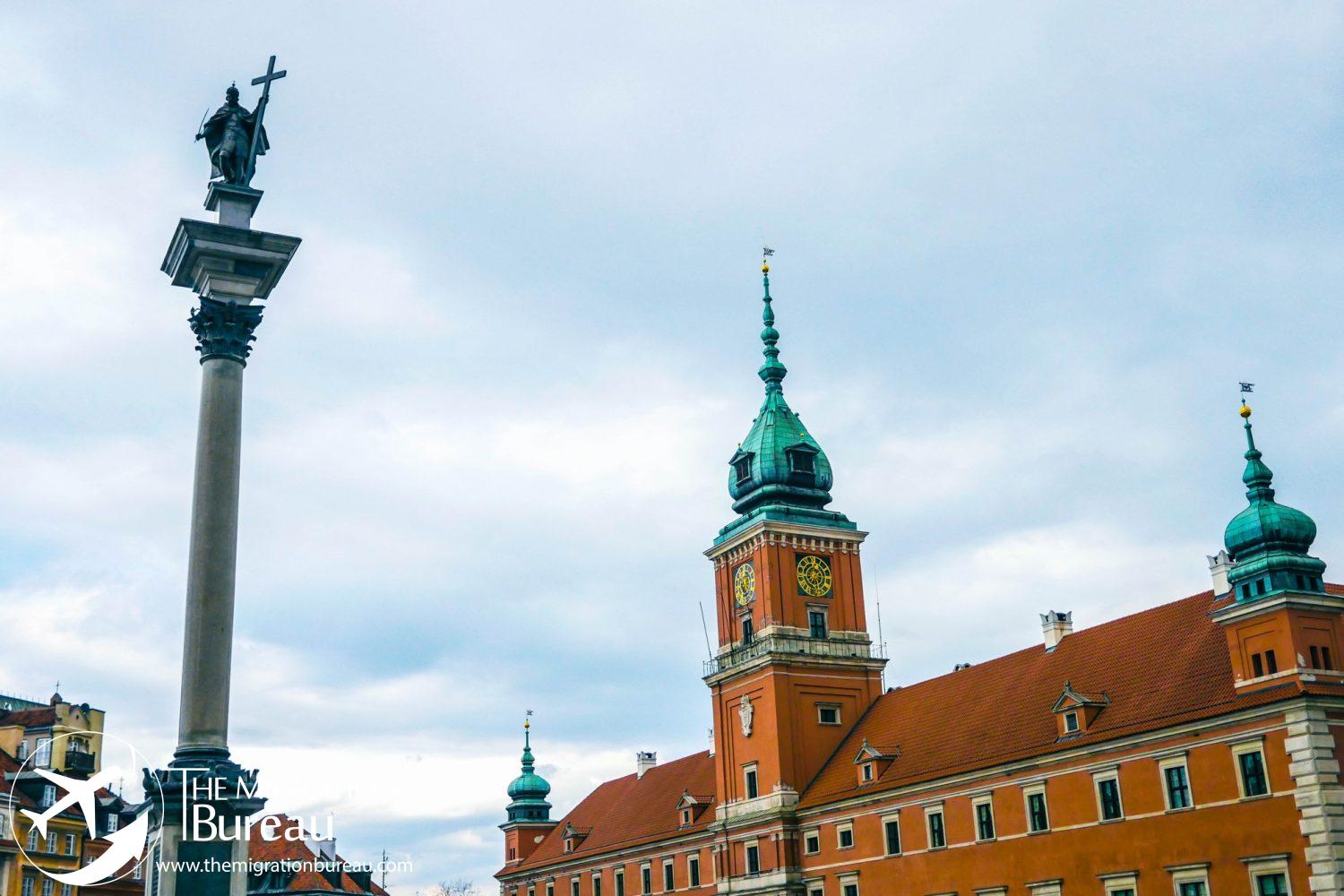
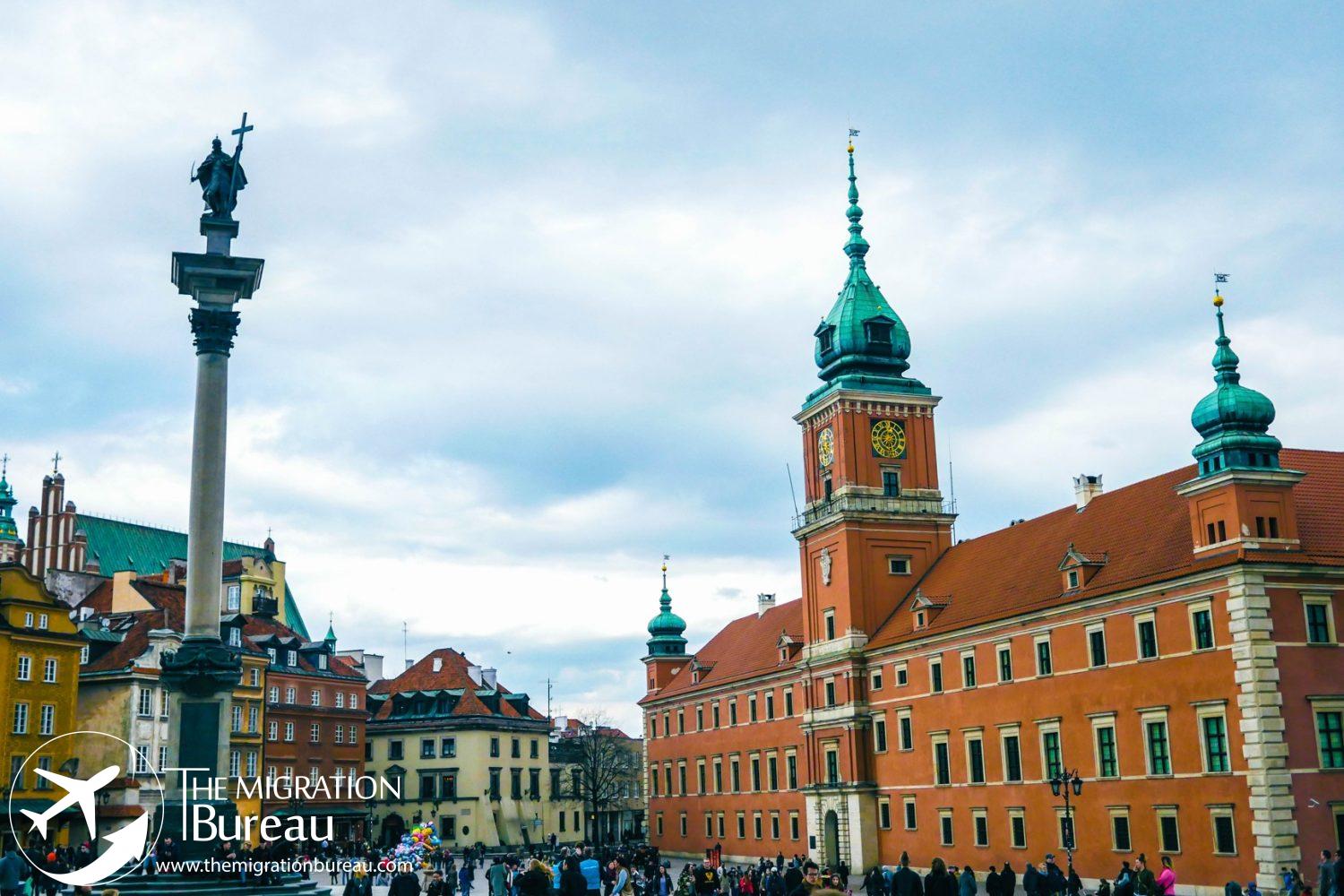
The Royal Castle in Warsaw, is a symbol of the sovereignty of the Polish State. It became a target for German military attacks as early as in the first few days of the World War II. On 17 September 1939 it was completely in flames. Apart from the firemen and city wardens, also civilians have helped to put the fire out. At the same time Polish museum workers and conservators, risking their own lives, have tried to salvage the most precious art collections, as well as decorative elements from the Castle rooms. Aware that the occupants have decided to blow the Castle up, they were already thinking about the reconstruction of the building in the future. The Castle was completely destroyed during the Warsaw Uprising in September 1944, when German snipers blasted the Castle walls.
For many years after the war the Castle’s reconstruction was advocated by a group of people close to professor Stanisław Lorentz, the indefatigable promoter of this idea. Based on salvaged elements of the interior decoration, as well as on the surviving records, the design works were started. The decision to begin the reconstruction was finally madę in January 1971. Soon after the Civil Committee of Rebuilding the Royal Castle in Warsaw was established. It’s role was to manage the progress of the work, as well as fundraising.
Polish Conservation Workshops were contracted to provide the design specification and to deliver the finl works. The team of designers, led by Professor Jan Bogusławski, had two main tasks: to reconstruct the body of the building and its internal layout to its State from before 1939. and to refit all salvaged elements into their original places.
The construction works started in September of 1971. The first stage of the project – body of the building in an unfinished State – was completed in July 1974 by installing the cupola on the Clock Tower and restarting the clock after 35 years. First interiors were completed in 1977. The next ones were completed in August 1984, during an official ceremony of opening of the Castle to the public. The reconstruction of the plafond in the Great Assembly Hall was not completed until 1988. The rebuilding of the Castle was accompanied by major involvement of the Polish nation. The whole investment was financed almost in full with the money coming from donations madę by Poles at home and abroad.
Handing the reconstructed Royal Castle to the nation was an act of honouring all of those, who, during the Occupation, with the greatest dedication and risking their own lives, saved the Castle and the Castle’s art works for the futurę generations.
